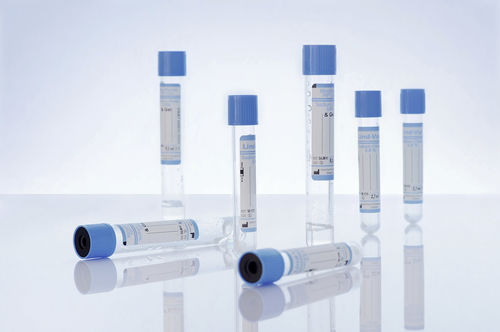
#Product Trends
Special packaging of tubes for better storage and transportation
Foil packing of blood collection tubes
The results of the analyzes reflect the physico-chemical properties of the test sample and provide objective diagnostic information in numerical terms. Important decisions about patient management strategies are often based on small changes in laboratory data.
There are a lot of non-pathological factors that can influence the final results of laboratory data.
The appearance of random and systematic errors at any stage of the analysis reduces the reliability of laboratory results and, as a result, it makes it difficult to make the correct diagnosis and provide the adequate treatment.
Therefore, the correct organization of a preanalytical phase should be an integral part of any quality assurance system for the laboratory analysis.
Laboratory results are subject to influence by biological and analytical variation. In contrast to the analytical variation which depends on the test conditions, the value of the biological variation depends on a range of factors. Factors of the biological variation (physiological factors, environmental factors, sampling conditions, toxic and therapeutic factors) can influence the laboratory results. Some of them can cause the abnormal laboratory results in comparison with the reference value regardless of whether the pathological process exists. These factors are transport conditions (temperature, shaking, impact of the light) and time of the transportation of the biomaterial to the laboratory.
According to the international research " Preanalytical Aspects and their Impact on the Quality of Medical Laboratory Results “ edited by W. G. Guder and S. Narayanan , light exposure on a blood sample cause the drop in bilirubin, vitamin C, porphyrins (and, consequently, hemoglobin), CK, and folic acid levels. There has been found the occurrence of hemolysis i.e. lysing red blood cells in vitro under the influence of UV rays. Hemolysis caused by exposure to light starts in 20-30 minutes.
In connection with the above, additional foil packaging, acting as a light barrier, helps prevent the risk of pre-analytical errors caused by exposure to light.
Also it is necessary to take into account the slowing down the process of air diffusion which further provides the exact ratio of the vacuum in the tube and the required volume of the tube.
InterVacTechnology can manufacture any packaging requested by the user, which will include from 1 to 100 tubes. It is also possible to complete sets for blood collection - tubes and needles.







